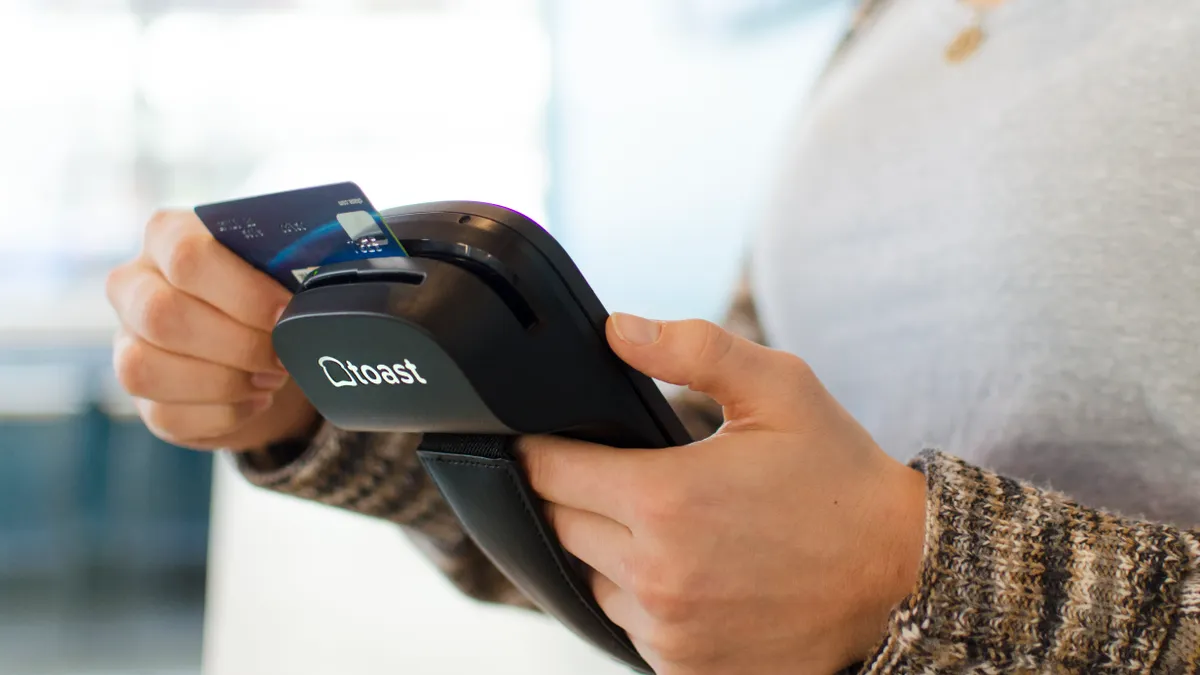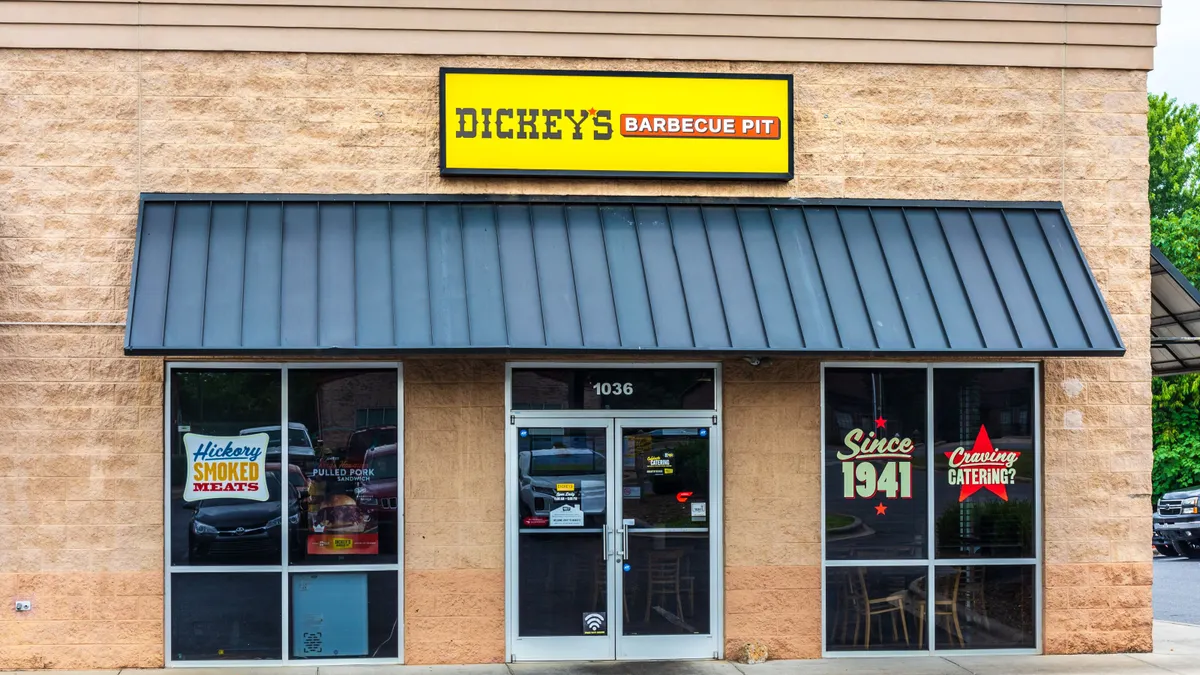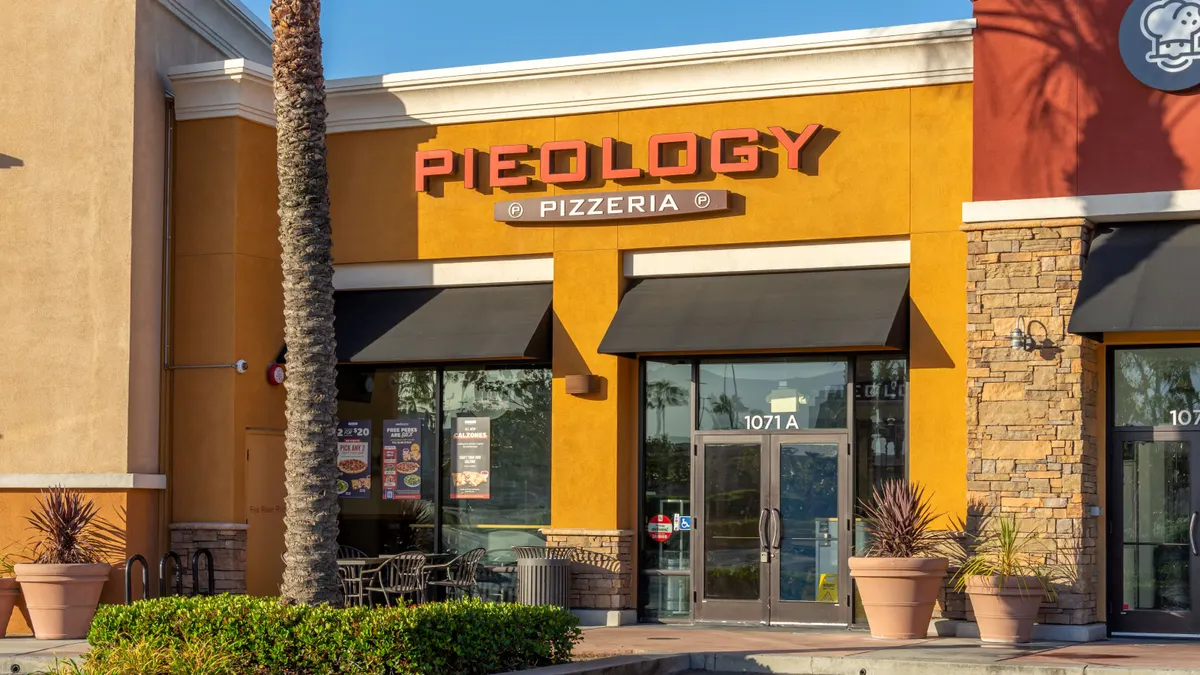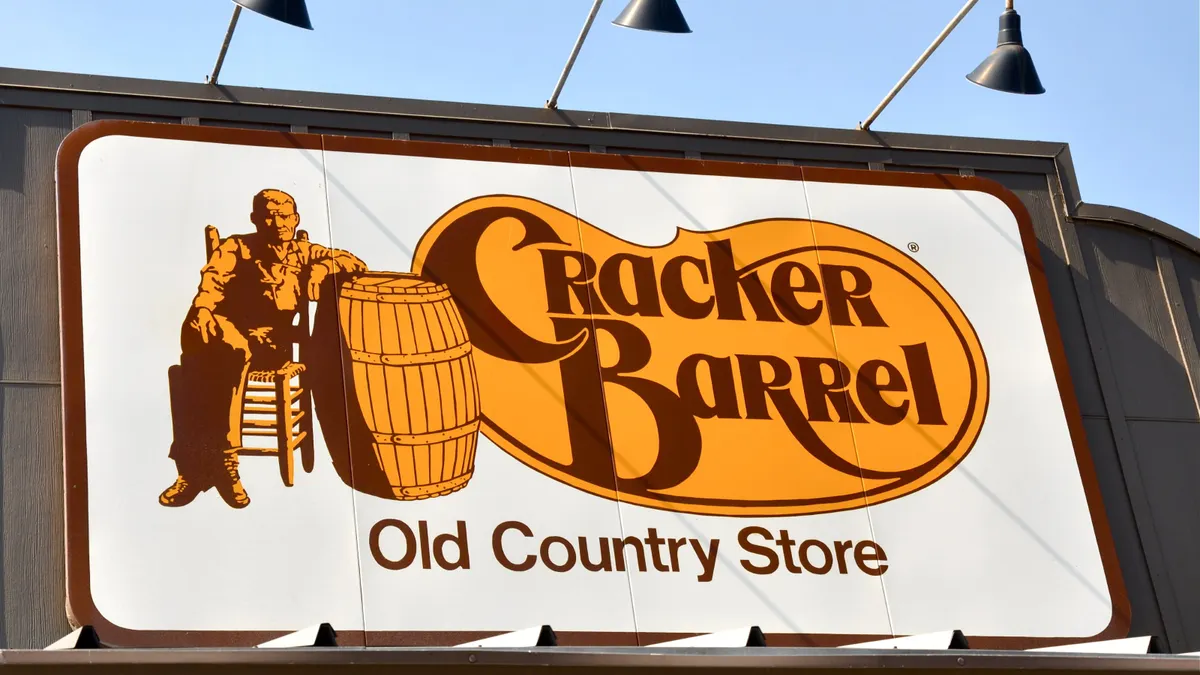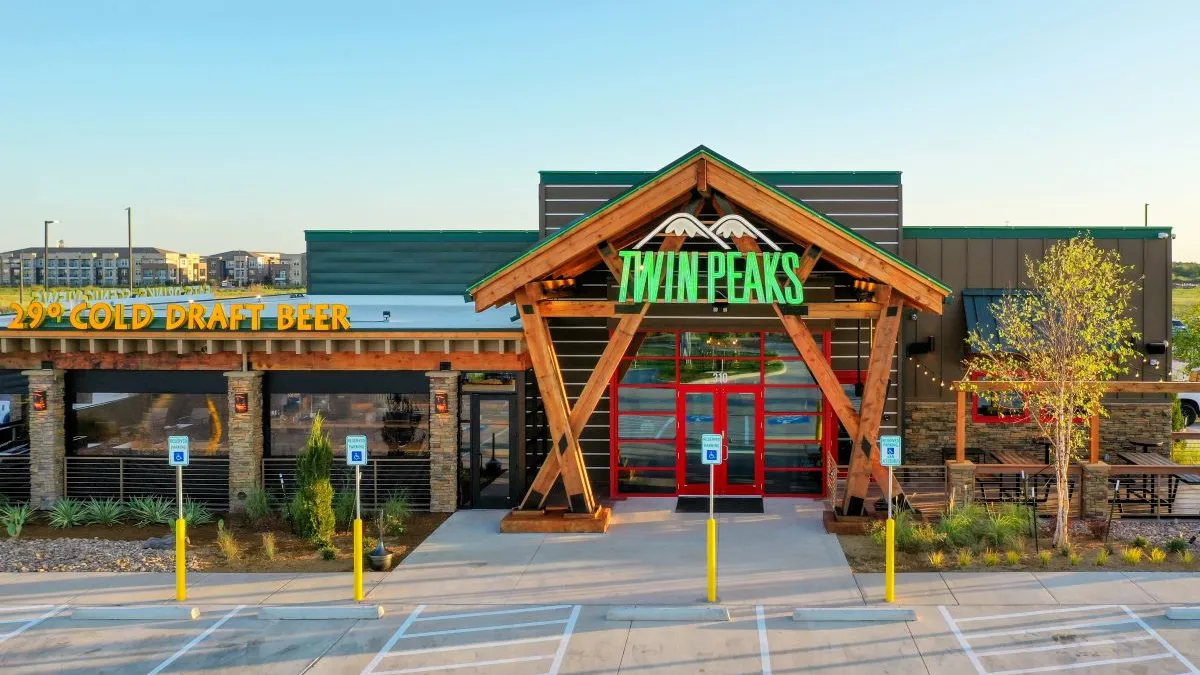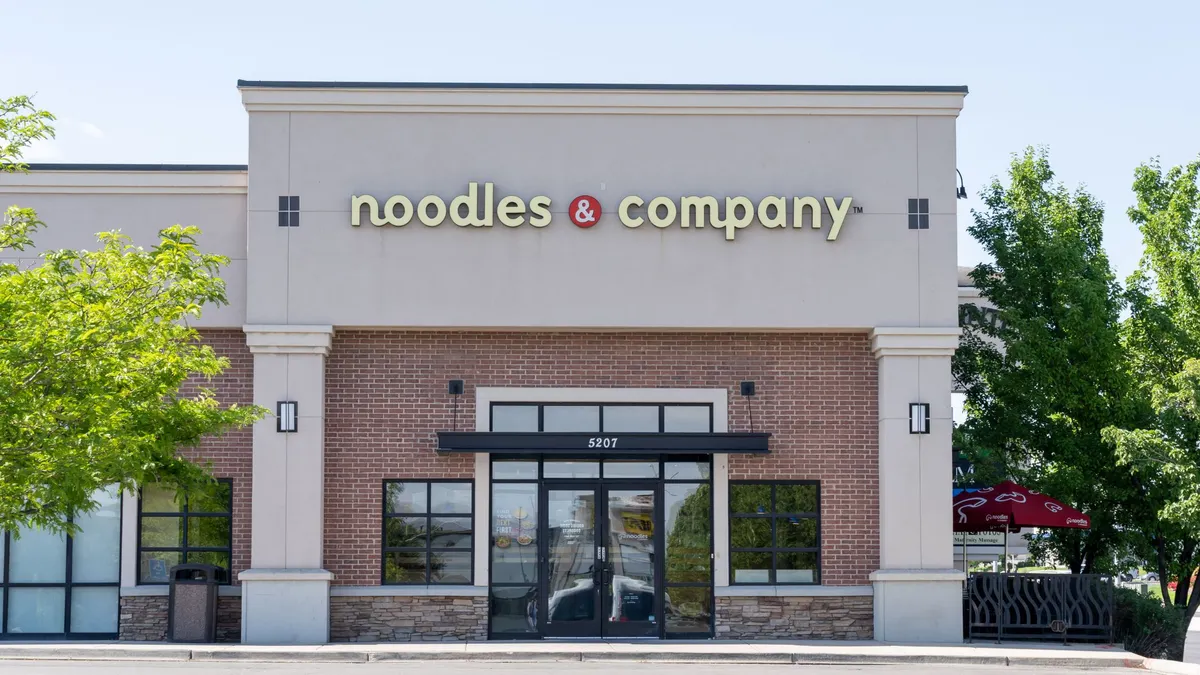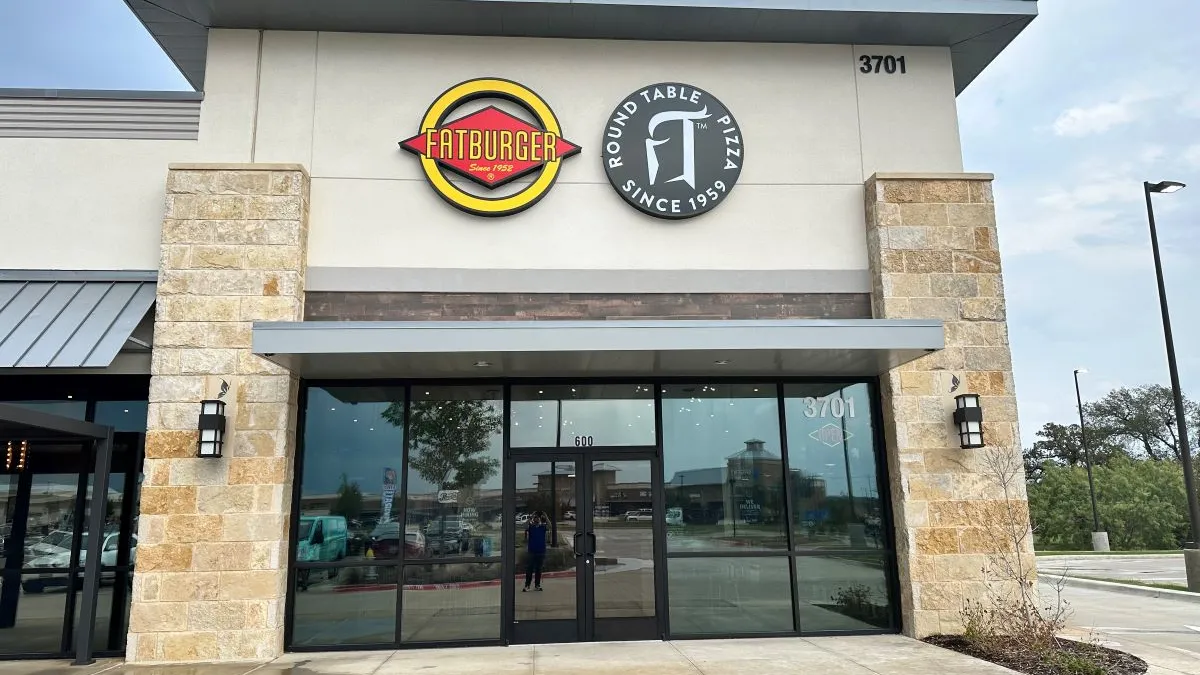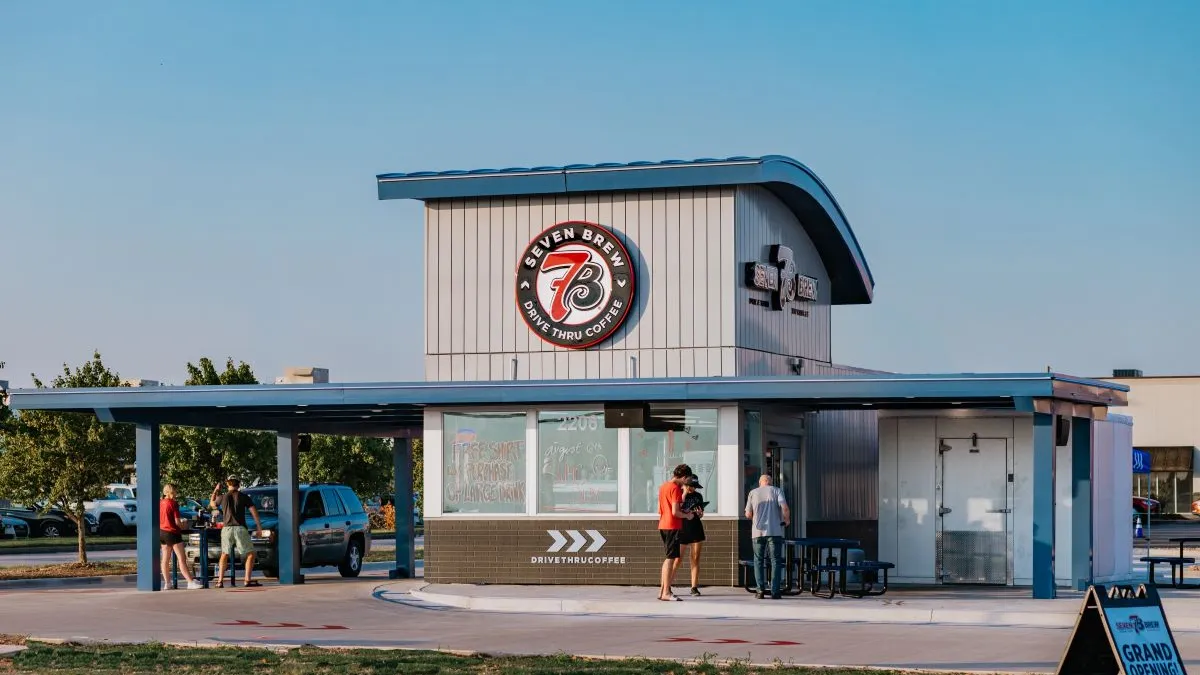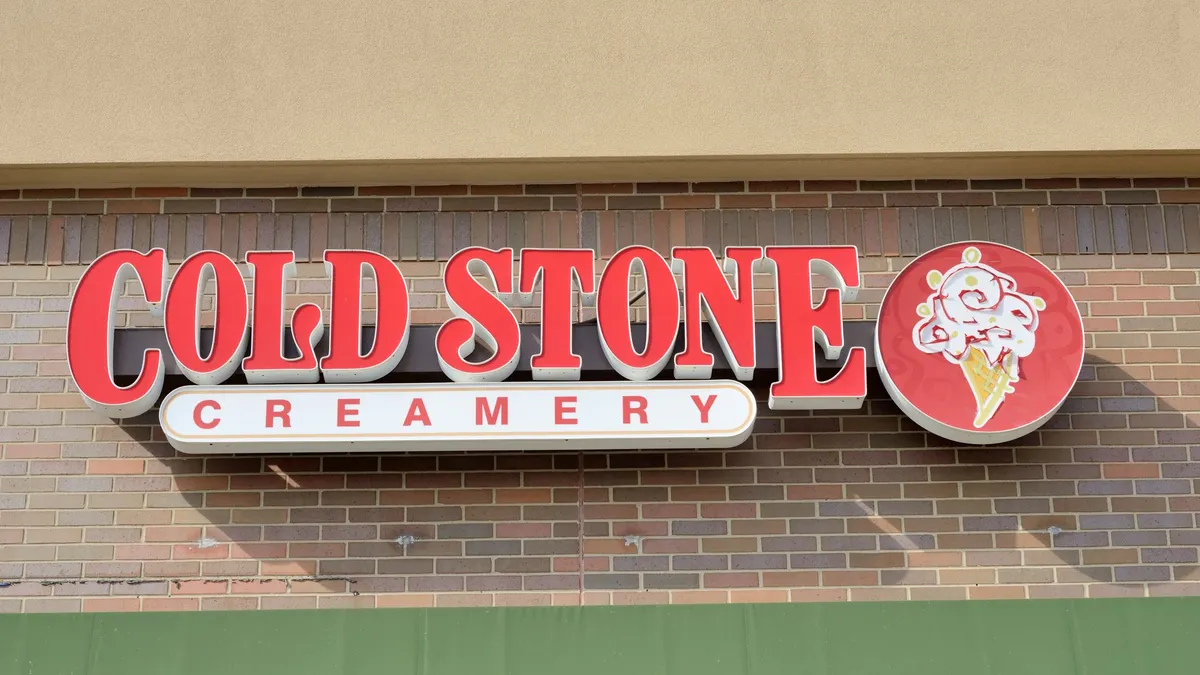Toast Inc., an end-to-end restaurant payments and software-as-a-service (Saas) platform serving the restaurant industry, is doubling down on its strategic investing to drive its market share, according to CFO Elena Gomez.
The company is staying its course amid a broader sell-off in the cloud-computing sector since November and volatility in the broader markets in the wake of Russia’s invasion of Ukraine and lower margins. Toast’s shares are now in the $20 range, down from the $40 level in September that made it one of the largest IPOs of the year in the restaurant technology space that translated initially to a company valuation of about $20 billion.
Gomez, who believes weathering various market backdrops is an opportunity for a CFO to demonstrate leadership, said she will focus on what she can control, which is executing the growth plan.
“We had a moment where we could have made a different decision or even said, ‘Hey, look, given the market background maybe we should do something differently,’ Gomez told CFO Dive. Instead it has opted to “lean into this investment, because we’re in the early innings of this massive opportunity.”
The company, which states it has about 7% of the sector's U.S. market share, will invest in research and development, sales and international expansion, Toast executives said on an earnings call this month. Gomez said that investments would be centered around hiring sales reps and engineers to continue adding to the platform through such offerings like its Toast Go devices that help restaurant employees turn tables faster.
The company doesn't provide guidance on capital expenditures but analyst Brent Bracelin of Piper|Sandler estimates that Toast will increase its capital expenditures to $47 million this year, up from $18 million last year.
The long game
The growth strategy involves calculated trade-offs of some short-term costs for the long-term gain of bringing more restaurants onto its end-to-end platform, which includes front of the house payments systems that diners use to back of the house payment processing and payroll management, at a time when the pandemic has accelerated the industry’s move to digitalization.
“If we had decided now is not the time, obviously we would have had a different margin profile, but we want to go after this opportunity to sustain growth for the long-term,” Gomez said. On the fourth quarter earnings call, Gomez said the company expects an adjusted EBITDA loss of $200 million to $240 million in 2022 on a year-over year revenue rise of about 48% to between $2.3 billion to $2.4 billion.
Bracelin said investments might not be popular with some sector investors who have grown more bearish in recent months. The cloud software sector has slumped since November, partly on concern about the outsized impact that rising interest rates could have on companies in the sector which aren’t yet making any money.
But Bracelin said the strategy makes sense given that the company has more than ample cash to invest in growing the business to become what he forecasts could be an $8 billion in revenue operation over the next five years. “We need businesses to focus on the right things to grow,” he said. “Optimizing for the near term to me would be a red flag for a leadership team.”
Gomez, who was previously CFO at SaaS company Zendesk as well as a senior vice president of finance and strategy at Salesforce, took over as Toast’s finance chief just months before its planned IPO last year. Her background is a good fit for the company given that software is one of the fastest growing areas of Toast’s business, according to Bracelin, adding that she also has a good handle on how to put enterprise controls and business processes into fast-growing companies.
Day Zero
For Gomez, joining a company midstream in its preparations to go public was not a decision she made lightly. But she was drawn to what she saw as a big market opportunity at what she called a mission-based company with strong management. Once on board, she quickly began taking steps inside and outside the company to smooth the way to the IPO, including by developing a strong narrative to share with investors, analysts and other stakeholders.
“As CFO it’s my role to make sure I take the strategy and paint the picture with numbers,” she said, adding that she sought to both differentiate Toast from other competitors as being purpose-built for restaurants and to make the value case about the efficiencies it brings to restaurants in a rising cost environment. The company faces growing competition from rivals, ranging from San Francisco-based Square to TouchBistro.
Her job was made a little easier because some of the investors had already been involved in prior funding rounds and knew the company’s story. Still, the scale of the operations was a surprise for some people, albeit a pleasant one, she said. Indeed, the pace of its growth has been brisk: in the fourth quarter the number of restaurant locations it serves rose by 41% year-over-year to 57,000 and revenue rose 111% to $512 million.
At the same time, within the company itself Gomez had a narrow window to expand the finance team to prepare for the IPO and beyond. To do that, she first took an inventory of the team and then parsed out what changes were critical over the short and longer term, she said.
Ultimately the unit of roughly 50-60 people has grown to over 100 people. She saw the need for a chief accounting officer and tapped Michael Matlock from EY to take on the position while also building out the FP&A team, which was critical, she said.
The hybrid nature of Toast, which views itself as both a fintech and a SaaS business, made the hiring a little more complex. She was looking for people who had familiarity with both business models and public company experience to build a team that could deliver on the company's short and long-term goals.
“The IPO was just a milestone on our journey,” Gomez said. “Once you’re a public company ... day zero, a finance team immediately begins a process where now we’re getting ready for our next earnings call, and for us that was actually six weeks later. So we had to get back at it quickly.”



